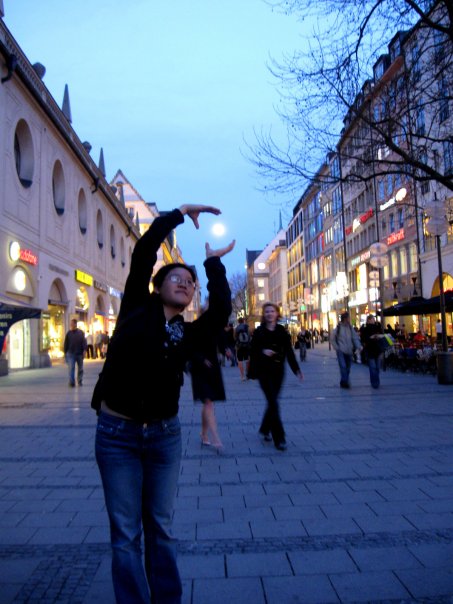


I think it's simply excellent because all things of produce varieties there are brought in fresh every morning, probably no more than hours since picking time. Every thing has such color and freshness to it that you can't find in the fast-food, flash-frozen supermarkets in the States that have been slowly dying in large produce trucks for days before they get to your local Wal-mart.
Speaking of which, you can look forward to a post covering a Wal-mart in Beijing later.


















